Pest Control Services
Why do we need to control pests?
Pests have the potential to:
- Contaminate home and workplace areas spreading diseases.
- Damage possessions and contaminate foodstuffs.
- Damage property resulting fires and flooding.
Hence if you have a pest related problems it is essential for you to take action and deal with it effectively.
Need to prevent contamination and disease from pests
Insects, Cockroaches,Flies, Mosquitoes, Rodents and Birds can easily contaminate food and work or home surfaces with their excreta, hairs or body parts. These are potential pathogens that spread disease. Parasites carried by pest species can also be passed on to humans causing severe illness and stress.
Looking PEST CONTROL Local Professional?
If your business OR home has a pest problem, then we would recommend using a TotalPest control Professional Company, to identify the pest, provide treatment advice and eradicate the problem in a safe and effective way.
As in any trade, there are some rogues operating, and it’s no different in pest control. To help you find a local, trusted, qualified and professional pest control company that is a License of the Pest Control Services.
Pest Control Services in Popular Cities
Pest Control in Chandigarh|Pest Control in Mohali|Pest Control in Panchkula|Pest control Zirakpur|
Pest Control Kharar|Pest control in Derabassi|Pest control Ambala Cantt| Pest control Baddi|
Pest control in Ludhiana|Pest control Ludhiana|Pest control Khanna|Pest control ropar|
Cockroach Control Service
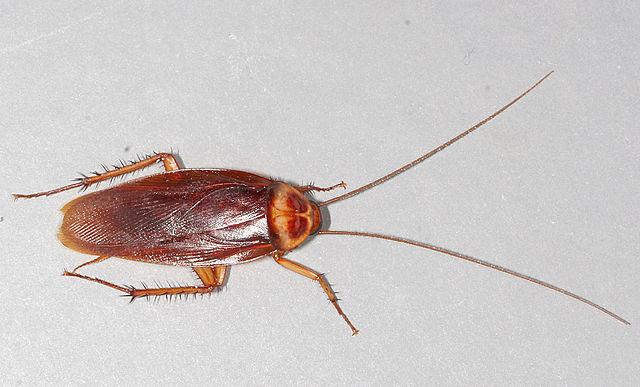
Cockroaches are a type of insect that are known for their hardiness and adaptability. They are commonly found in a wide range of environments, including homes, buildings, and outdoors
They are most active at night and are known for their fast-moving, scurrying behavior. Cockroaches are known to be carriers of various diseases and can trigger allergies and asthma symptoms in some people. They can also damage food and other household items. They reproduce quickly and infestations can be difficult to control, so it’s important to take steps to prevent cockroach infestations. Some common control methods include cleaning, sealing entry points, and using pesticides.
Cockroaches are known to be carriers of various diseases, such as salmonella, dysentery, and typhoid fever. They can also trigger allergies and asthma symptoms in some people. They are known to be hardy and difficult to eliminate once they infest an area. They can survive without food for a month and without water for a week. They are also able to withstand extreme temperatures and radiation.
Bed Bugs Control
Bed bugs are small, reddish-brown insects that feed on the blood of humans and animals. They are typically found in close proximity to where people sleep, such as in beds, mattresses, and bed frames. They can also be found in other furniture and in cracks and crevices in walls and floors.
Bed bugs are known to be difficult to eliminate once they infest an area. They are able to survive without food for several months and can hide in small, tight spaces, making them hard to find and eliminate.

Bed bugs can be spread through a variety of means, including through travel, the purchase of used furniture, and through the transportation of infested clothing or personal items.
Control of bed bugs involves a combination of different methods, including: -Inspection: A thorough inspection of the infested area is necessary to identify the extent of the infestation and to locate all potential hiding spots of the bed bugs.
-Cleaning and vacuuming: Thorough cleaning and vacuuming of the infested area can help to remove bed bugs and their eggs.
-Heat treatment: Bed bugs and their eggs are sensitive to high temperatures, and heat treatment is an effective method of eradication.
-Chemical treatment: The use of pesticides is also an option for bed bug control.
-Encasements: Encasements for mattresses and box springs can be used to trap bed bugs and prevent them from feeding.
It is important to note that bed bugs can be difficult to eliminate and professional help is often necessary. A professional pest control service will have the knowledge and experience necessary to effectively eliminate bed bugs and prevent future infestations.
It is also important to be vigilant after treatment, as bed bugs can be brought back into a treated area from outside sources, such as second-hand furniture or through travel. So, regular inspections and preventive measures are key to keep bed bugs at bay.
Ant Control
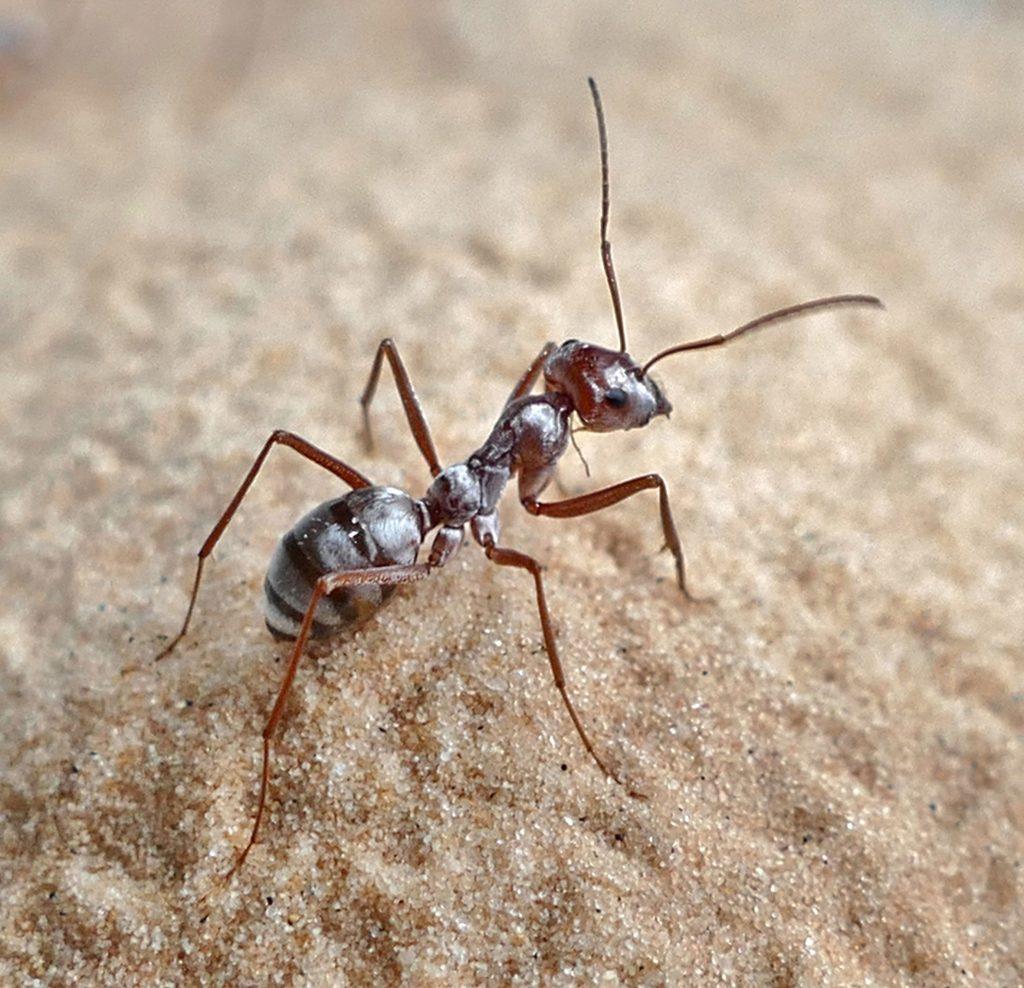
Ants are a type of insect that belong to the order Hymenoptera and are closely related to bees and wasps. They are known for their highly organized colonies and their ability to work together to gather food and care for their young. There are over 12,000 known species of ants, and they can be found in nearly every environment on Earth.
Ants have a highly organized social structure, with a distinct division of labor among the different members of the colony. The colony is led by a queen ant, whose sole function is to lay eggs. The worker ants take care of the eggs, tend to the queen, and forage for food. Some species of ants also have soldiers, whose main function is to defend the colony from predators.
Ants are known for their ability to work together to gather food and care for their young. They are attracted to sugary and greasy foods, and will often invade kitchens and pantries in search of these types of food.
Control of ants involves a combination of different methods, including: -Removing food sources: Keeping kitchens and pantries clean and free of food scraps and crumbs can reduce the attraction of ants to the area.
-Sealing entry points: Sealing cracks and crevices around doors and windows can help prevent ants from entering the living space.
-Baiting: The use of bait stations can also be effective in controlling ants. The bait is taken back to the colony and fed to the queen, ultimately killing the colony.
-Chemical treatment: The use of pesticides can also be used to control ants, but it is important to use pesticides in accordance with the manufacturer’s instructions and to be aware of any potential hazards to children and pets.
It is important to note that ants can be difficult to eliminate and professional help is often necessary. A professional pest control service will have the knowledge and experience necessary to effectively eliminate ants and prevent future infestations.
Termite Pest Control
Termites are a type of insect that belong to the order Isoptera and are closely related to cockroaches. They are known for their destructive behavior, as they feed on the cellulose found in wood and other cellulose-based materials. There are over 2,000 known species of termites, and they can be found in many parts of the world, including in both tropical and temperate regions.
Termites have a highly organized social structure, with a distinct division of labor among the different members of the colony. The colony is led by a king and queen, whose sole function is to reproduce. The worker termites take care of the eggs, tend to the king and queen, and forage for food. Some species of termites also have soldiers, whose main function is to defend the colony from predators.

Termites are known for their ability to cause significant damage to structures and buildings by feeding on the cellulose found in wood and other cellulose-based materials. They can be especially destructive in areas with a high concentration of wooden structures, such as in homes and buildings.
Termite control is a complex process that requires a combination of different methods, including: -Inspection: A thorough inspection of the infested area is necessary to identify the extent of the infestation and to locate all potential hiding spots of the termites.
-Chemical treatment: The use of pesticides and baits can be effective in controlling termites. This may include the use of liquid termiticides, baiting systems, and foam treatments.
-Physical barriers: Physical barriers such as metal flashing, treated wood, and foam insulation can be used to prevent termites from entering a building or structure.
-Moisture control: Termites require a moist environment to survive, so reducing the moisture levels in the soil around the building or structure can make it less attractive to termites.
It is important to note that termites can be difficult to eliminate and professional help is often necessary. A professional pest control service will have the knowledge and experience necessary to effectively eliminate termites and prevent future infestations. Additionally, it is important to have regular inspections to detect any new infestations as early as possible to minimize the damage caused by termites.
Flea and tick Control
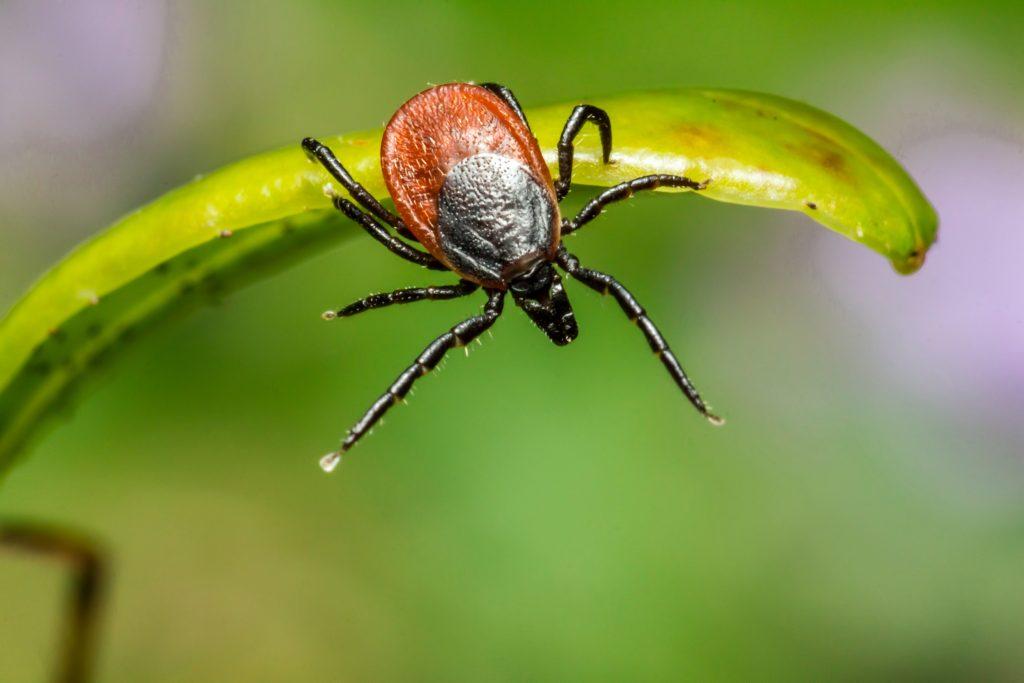
Fleas and ticks are small, parasitic insects that feed on the blood of animals, including pets and humans. They can cause a variety of health problems, including skin irritations, allergic reactions, and in some cases, serious diseases.
Fleas are small, wingless insects that are typically brown or black in color. They are known for their ability to jump long distances and can be found on a variety of animals, including dogs, cats, and other domestic pets. Fleas can also infest human homes and can be found in carpets, furniture, and bedding. They reproduce quickly and can be difficult to eliminate once they infest an area.
Ticks are small, arachnid parasites that are typically brown or black in color. They are known for their ability to attach themselves to the skin of animals and humans and feed on their blood. Ticks can be found in a variety of habitats, including wooded areas, grassy fields, and gardens. They can transmit serious diseases to humans and animals such as Lyme disease, Rocky Mountain spotted fever, and other diseases.
Control of fleas and ticks involves a combination of different methods, including: -Treatment of pets: Treating pets with flea and tick preventative medications can help to reduce the number of fleas and ticks in a household.
-Cleaning and vacuuming: Thorough cleaning and vacuuming of the infested area can help to remove fleas and ticks and their eggs.
-Chemical treatment: The use of pesticides and insecticides can also be effective in controlling fleas and ticks.
-Keeping pets away from tick-infested areas: Keeping pets away from tick-infested areas such as wooded areas, tall grasses and bushes can help to prevent tick infestations.
It is important to note that fleas and ticks can be difficult to eliminate and professional help is often necessary. A professional pest control service will have the knowledge and experience necessary to effectively eliminate fleas and ticks and prevent future infestations. Additionally, it is important to take preventive measures such as regular grooming of pets, and keeping the yard and surrounding areas clean and tidy to prevent infestations.
Flies Control
Controlling fly populations is important for both public health and the well-being of animals. The most common methods for controlling flies include physical, chemical, and biological methods.
Physical methods include using screens and doors to prevent flies from entering buildings, and using fly traps and sticky fly papers to capture flies. These methods can be effective for small-scale infestations but may not be practical for large areas.
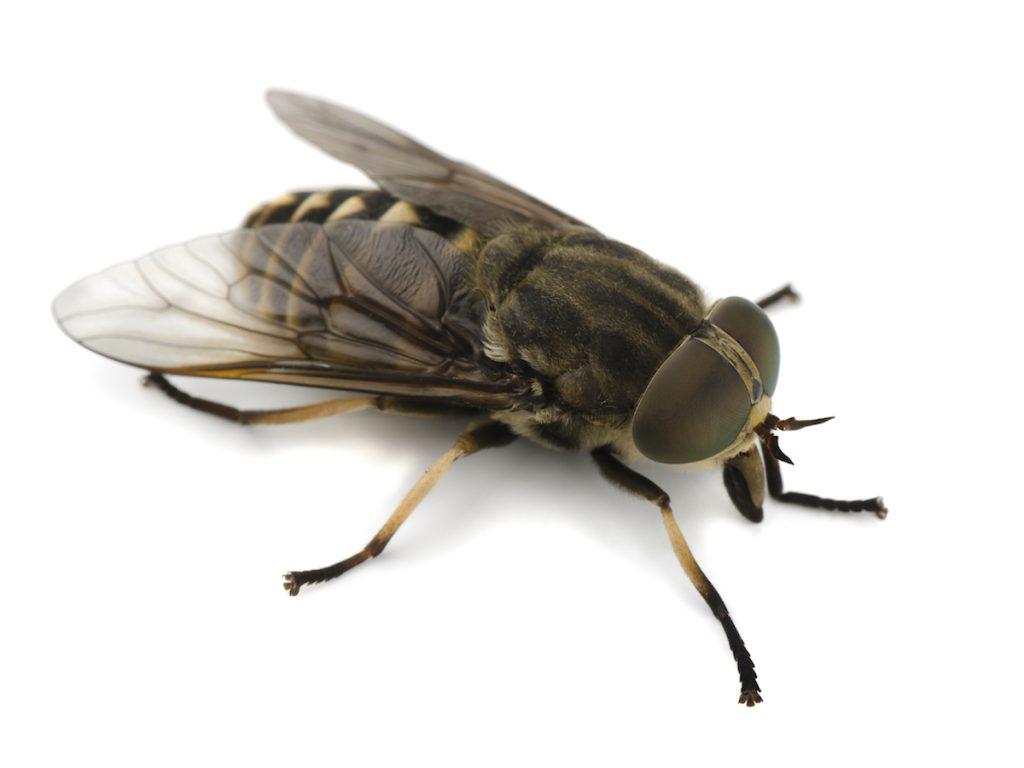
Flies can be a nuisance and a health hazard, so it’s important to control their populations. There are several methods for controlling flies, including:
Sanitation: This is one of the most effective ways to control flies. By keeping trash and compost piles away from buildings, cleaning up spills and removing any potential food sources, it will reduce the number of flies in an area.
Barriers: Physical barriers, such as screens and doors, can be used to prevent flies from entering buildings.
Trapping: Flies can be trapped using sticky fly papers, fly traps, and other devices. These are useful for monitoring fly populations and can also help to reduce their numbers.
Insecticides: Chemical insecticides can be used to kill flies, but they should only be used as a last resort. Insecticides should be used in accordance with label instructions and safety precautions.
Biological control: This method involves the use of other organisms to control fly populations. For example, parasitic wasps can be released to lay their eggs in fly larvae, which will kill the larvae and reduce the number of adult flies.
Integrated Pest Management (IPM): This approach involves using a combination of the above methods to control flies. It emphasizes on a combination of cultural, physical, and chemical controls to reduce the number of flies and minimize the use of pesticides.
It’s important to keep in mind that different types of flies may require different control methods, so it’s best to identify the specific type of fly and consult with a pest control professional for recommendations.
Sanitization Services
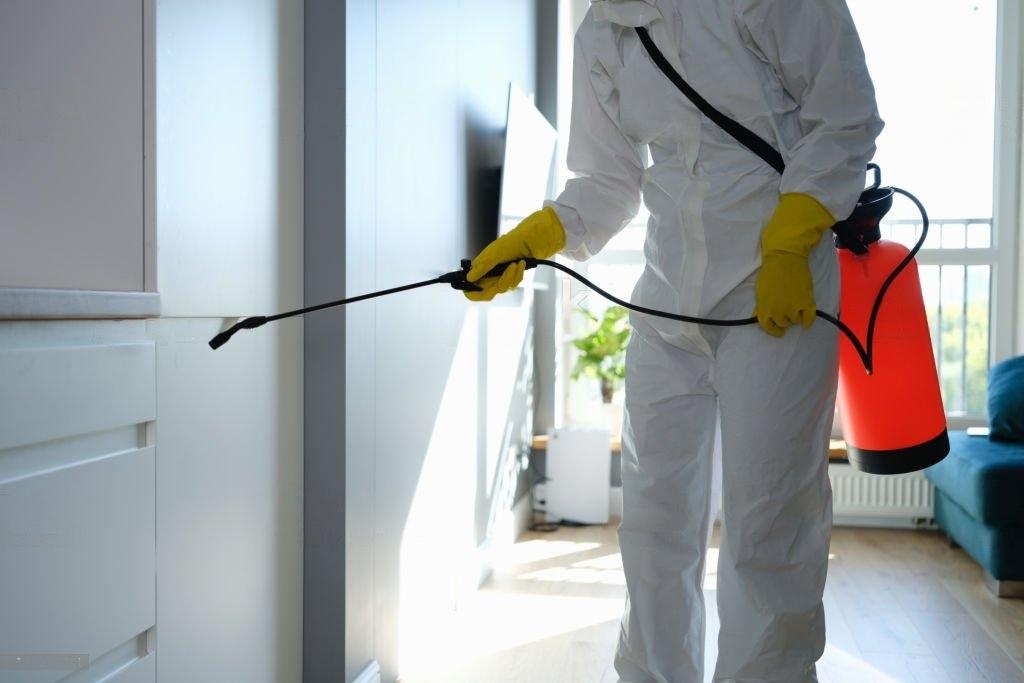
Sanitization refers to the process of making something clean and free of harmful microorganisms such as bacteria, viruses, and fungi. This process is important in a variety of settings, including homes, commercial buildings, and healthcare facilities, to prevent the spread of illness and disease.
Sanitization is an ongoing process that requires regular cleaning and maintenance to be effective. It is important to develop a routine cleaning and sanitizing schedule that is appropriate for the specific setting, and to follow established protocols for cleaning and disinfecting surfaces, equipment, and other items.
There are several different methods of sanitization, including: -Chemical sanitization: This method involves the use of chemicals such as bleach, hydrogen peroxide, or quaternary ammonium compounds to kill microorganisms.
-Physical sanitization: This method involves the use of physical means such as heat, radiation, or filtration to remove or kill microorganisms.
-Mechanical sanitization: This method involves the use of mechanical means such as scrubbing, brushing, or high-pressure water to remove microorganisms.
-Natural sanitization: This method involves the use of natural means such as sunlight, air, or the use of beneficial microorganisms to control harmful microorganisms.
It is also important to have proper training of staff and to use personal protective equipment while cleaning and sanitizing. In certain settings like hospitals, and food industry, it’s important to have the proper certifications and to follow the guidelines of regulatory bodies to ensure the safety and well-being of the people and to prevent the spread of infectious diseases.
Termite Treatment
Termite treatment is a process used to eliminate or control termite infestations in a structure. Termites are small, winged insects that feed on wood and can cause significant damage to homes and buildings if left untreated. There are several methods of termite treatment, each with their own advantages and disadvantages.
Chemical treatments involve the application of liquid pesticides. These treatments can be used as a preventative measure or to eliminate an active infestation. The chemicals used in these treatments are designed to either repel or kill termites. One of the advantages of chemical treatments is that they can provide long-term protection for the structure. However, these treatments can also be harmful to humans and animals if not applied correctly.
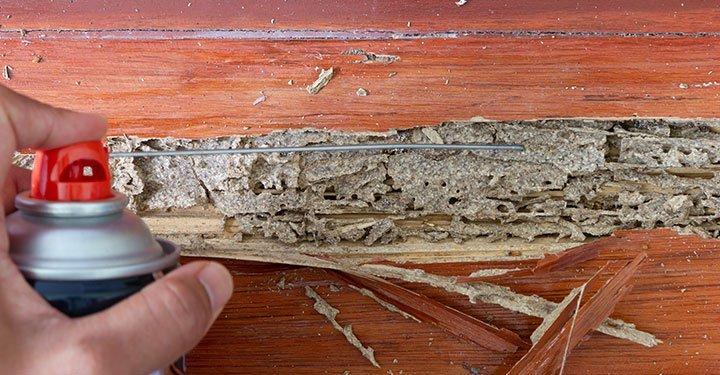
Baiting systems involve the use of bait stations filled with a cellulose-based material that termites find attractive. These bait stations are placed in the ground around the structure and are then treated with a slow-acting insecticide. The termites feed on the bait and carry the insecticide back to their colony, thereby eliminating the entire colony. Baiting systems are considered to be a more environmentally friendly option, as they do not require the use of harsh chemicals. However, baiting systems can take longer to be effective, and they may not be as effective at eliminating an active infestation as chemical treatments.
The specific treatment method used will depend on the severity of the infestation, the type of termite present, and the location of the structure. It is always recommended to hire a professional exterminator to conduct a thorough inspection and recommend the best course of action. Additionally, it is important to maintain regular inspections and treatment to ensure continued protection against termites.
Rats Control
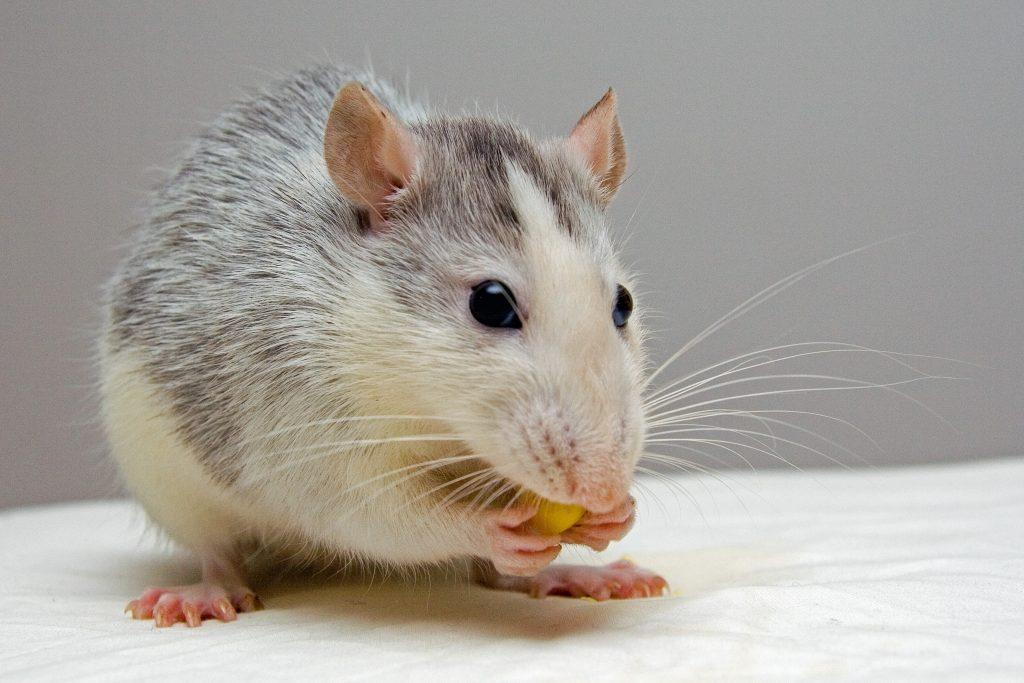
Rats are a type of rodent that are known for their intelligence and adaptability. They are found all over the world and have been known to live in a variety of environments, including urban areas, forests, and fields. There are several different types of rats, the most common being the Norway rat (Rattus norvegicus) and the roof rat (Rattus rattus).
Rats are known to be carriers of various diseases, including the bubonic plague, typhus, and leptospirosis, and can also cause damage to buildings and property by gnawing on electrical wires and structures. They also can contaminate food and other materials with their urine and feces. They are also known to cause damage to gardens and outdoor areas.
To prevent rat infestations, it is important to practice good sanitation and hygiene, including properly storing food and keeping garbage in sealed containers. Also, it’s recommended to seal up any cracks or holes in buildings and to eliminate any potential sources of food or shelter for the rats. Traps and baits can also be used to control and eliminate an existing infestation.
If you suspect a rat infestation, it’s important to contact a professional pest control company for proper identification and elimination of the problem. They will be able to provide a thorough inspection of the property and recommend the best course of action, which may include the use of traps, baits, and/or exclusion methods. Additionally, they can also provide ongoing monitoring and prevention services to ensure that the infestation does not reoccur.
Mosquito Control
Mosquitoes are small, winged insects that are known for their blood-sucking habit and the itchy, painful bites they leave behind. They are found all over the world and are most active during the warm summer months. There are over 3,000 different species of mosquitoes, each with their own unique characteristics and behavior.
Mosquitoes breed in standing water, such as in swamps, ponds, and ditches, and lay their eggs on the surface of the water. The larvae hatch from the eggs and develop in the water before emerging as adults. Adult mosquitoes feed on nectar and other plant juices, but the females also require blood to produce eggs.
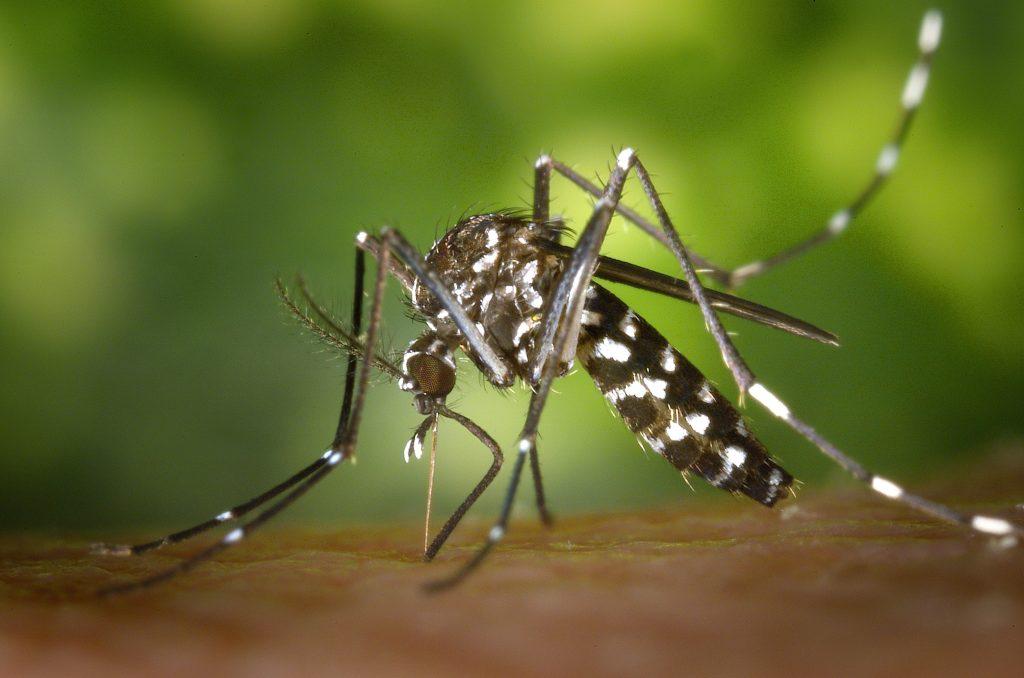
Mosquitoes are known to transmit various diseases, including malaria, dengue fever, West Nile virus, and Zika virus. They are also known to cause allergic reactions in some people and can make outdoor activities uncomfortable.
To prevent mosquito infestations, it is important to eliminate standing water around the property, such as by cleaning gutters and removing containers that can hold water. Using mosquito repellents and wearing protective clothing can also help to reduce the risk of bites. Insecticides can also be used to control and eliminate an existing infestation, but it is important to follow the label instructions and use appropriate personal protective equipment.
If you suspect a mosquito infestation or are experiencing a high number of bites, it is recommended to contact a professional pest control company for proper identification and elimination of the problem. They will be able to provide a thorough inspection of the property and recommend the best course of action, which may include the use of insecticides, traps, or other control methods. Additionally, they can also provide ongoing monitoring and prevention services to ensure that the infestation does not reoccur.
Lizard Control
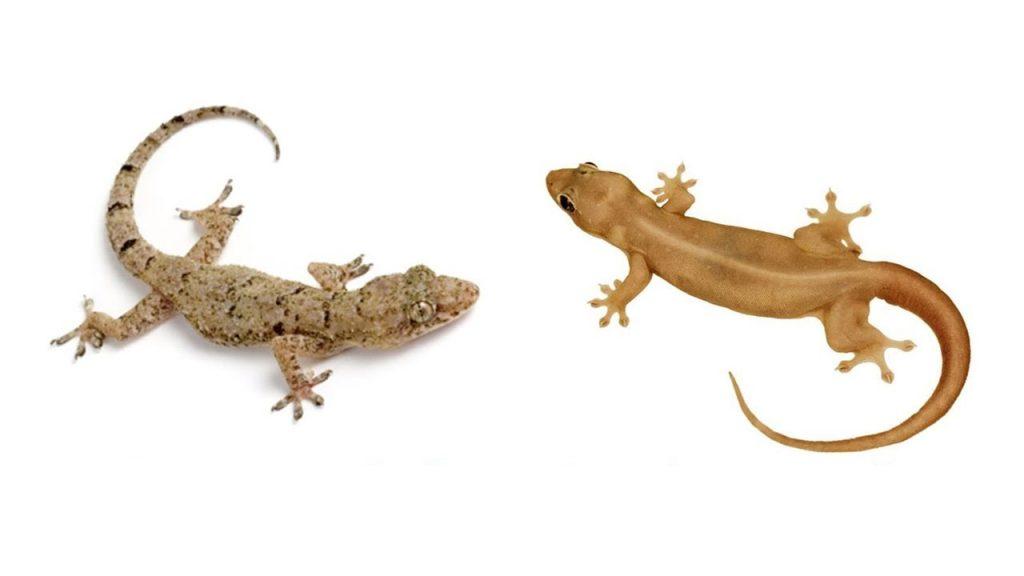
Lizard control services are professionals who specialize in the removal and control of lizard populations in homes, buildings, and other structures. These services may include a variety of methods for controlling lizard populations, including exclusion, habitat modification, trapping, repellents, and chemical control.
Some of the services offered by lizard control services include:
Inspection: A professional will inspect the property to identify entry points, potential food sources, and areas where lizards are likely to be found.
Exclusion: Lizard control services will seal off entry points to buildings and homes, such as cracks and crevices, to prevent lizards from entering. Screens on windows and vents can also be installed.
Trapping: Lizard control services may use various types of traps, such as glue boards or live traps, to capture and remove lizards.
Repellents: Professionals may use repellents, such as those that emit ultrasonic sound or emit a smell that lizards don’t like, to keep lizards away.
Chemical control: Lizard control services may use chemical insecticides to kill lizards, but they should only be used as a last resort. Insecticides should be used in accordance with label instructions and safety precautions.
Integrated Pest Management (IPM): Lizard control services may employ an Integrated Pest Management (IPM) approach which involves using a combination of the above methods to control lizard populations. It emphasizes on a combination of cultural, physical, and chemical controls to reduce the number of lizards and minimize the use of pesticides.
